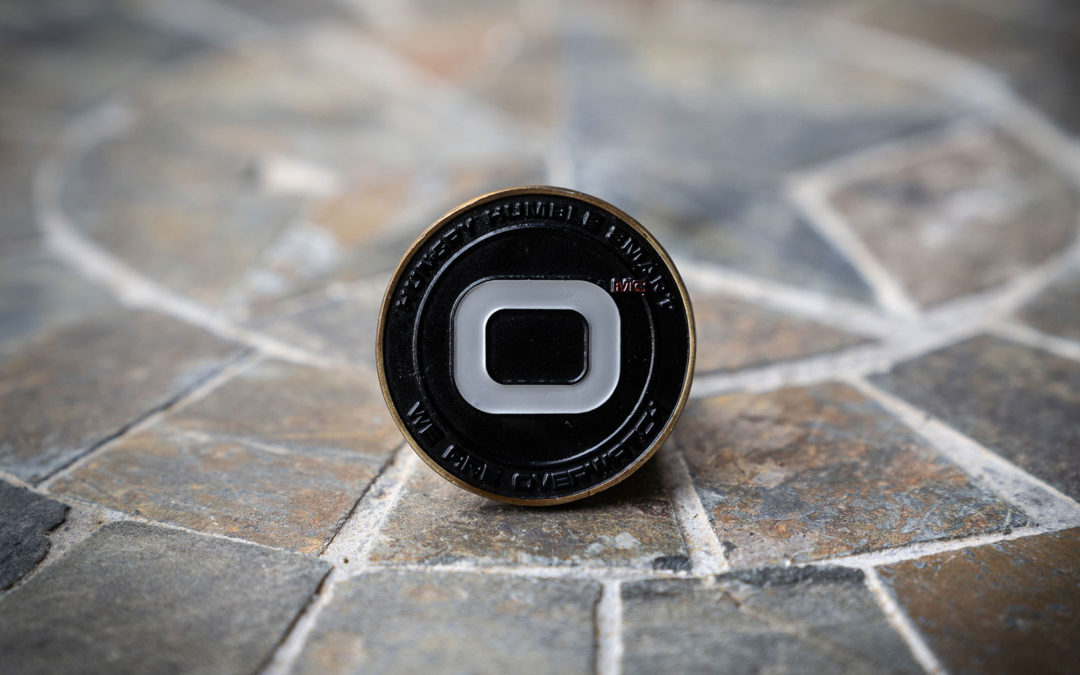Spartan warriors obviously have much to teach us about leadership and principled tactics. Their fighting forces were notorious for developing the fiercest and most effective soldiers in the ancient world. Embedded in their strategy is an uncompromising culture that allowed them to achieve impossible feats, despite overwhelming odds.
For hundreds of years in Ancient Greece, infantry warriors (called Hoplites) were profoundly successful in battle when single combatants created a seemingly impenetrable wall of interlocking shields. The phalanx, in conjunction with the circular shields, emerged as a battle formation unlike anything the world had ever seen before. Above all, the Hoplon shield (or Aspis) became an emblem that distinguished the Hoplites.
The Hoplon shield was their most essential piece of equipment; so esteemed that one could be removed from the tribe if they returned from battle without it. Warriors protected the shield with their life. The shield was made of wood with bronze facing and a convex shape. More than a military tool, the shield deeply symbolized the soldiers identity. It was not primarily connected to a single soldier’s well-being, but its purpose was to the greater good of the whole fighting force. Resting upon the left shoulder and extending to the knee, the shield served to protect the hoplite who held it, as well as the hoplite to his immediate left. As each soldier protected his fellow companion in the heat of battle, the cover allowed both men the confidence and freedom to fight with bravery. According to Plutarch’s Sayings of Spartans, “a man carried a shield for the sake of the whole line.” The symbolic nature of the shield was so esteemed this created a culture predicated on selflessness.
A collection of citizen soldiers organized in rank and file formed the armies of the ancient Greek city-states. The battalion’s success was driven by their unity and the military formation of a phalanx, a densely packed, rectangular formation of warriors with their shields facing outward to create a human wall. The phalanx military formation altered the framework of battle from the earlier dark age of combat. Before, supremely powerful heroes engaged in single combat to turn the tide of battle. Hoplite warfare relied heavily on a community of unified soldiers, defending the good of the whole unit. With friends and family pushing on either side, shielding your neighbors’ blind spot, the hoplites developed discipline, loyalty and trust. Their effectiveness in battle depended on how well they could stand their ground while engaged in battle and trust their neighbors for mutual protection.
Our founding partners, Anthony Garcia and Jesse Sargent, served together as infantry men in the United States Army. The strength of military brotherhood is embedded in their understanding, as the success of their own battle surges and formations literally lived or died upon the strength of their units. They model, in industry, the same work ethic and action that sustained their lives in combat.
Entrepreneurs today face unprecedented competition and the business environment moves at such a rapid pace. This means that paramount for our success:
Our teams must have the right protection to shield ourselves,
the right formation to effectively engage obstacles,
and the right culture to ensure that team members can attack challenges with confidence and fearlessness.
To this end, CEO Kirk Offel made military challenge coins to serve as a reminder of our commitment to our business tribe and to showcase his commitment to put the well-being of his team before his own. In joining the movement, we are supported and rewarded by collective success. And we always have our Hoplon within reach, to remind us of teamwork and the strength we bear when forging ahead in this shared mission, our comrades at our sides.
Nisa Hunt
Director of Marketing and Communications
OVERWATCH MISSION CRITICAL


